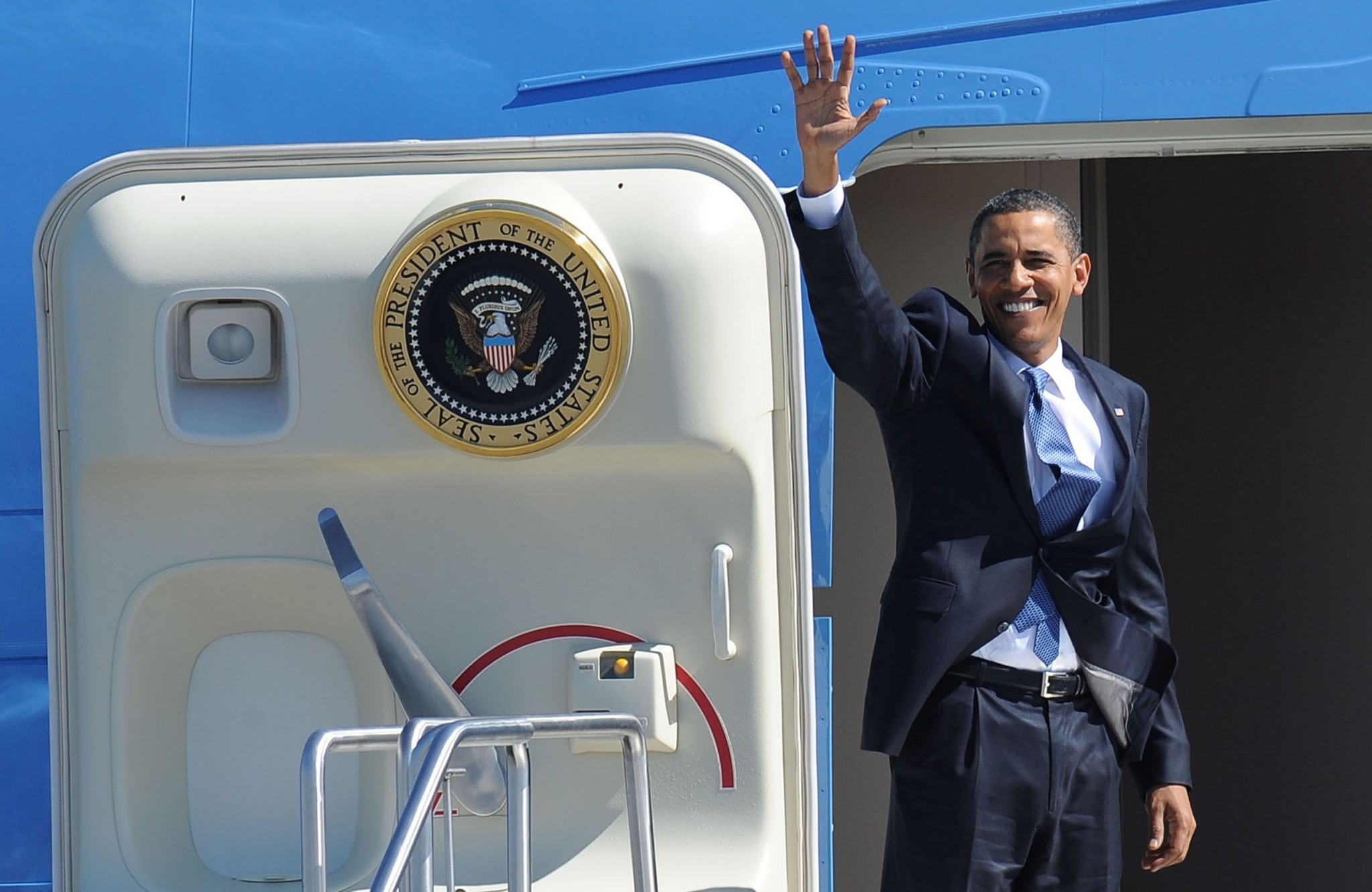When the financial panic of 1907 struck, Theodore Roosevelt was off hunting bears. On October 5th, the President had joined his fellow Rough Rider, the Tabasco magnate, John Avery Mcllhenny, other businessmen and politicians in the Louisiana wilderness for a traditional bear hunt. During the second week of the hunt, he sent a note to his son saying, “At last today I killed my big she bear—202 pounds. It was my thirteenth day; now everything is pure pleasure…”
Where are we going with this? To whether the President has to be at his desk when the country needs emergency monetary and fiscal initiatives.
The Panic Starts
Meanwhile, (what became known as) the Panic of 1907 had begun. At first, the stock of United Copper Company plunged from $62 to $15 on October 14, then financial markets went “haywire” and bank failures multiplied. Although NY Times headlines were shouting the gravity of the situation, the President was said to have known nothing while he was in Louisiana. Trying to control the financial damage, Treasury Secretary George B. Cortelyou went to New York on October 22 to meet with J.P. Morgan. A day later, the President returned to Washington D.C. from his bear hunt.
Before the Federal Reserve was established in 1913, J.P. Morgan was the source of monetary policy. Suffering from a bad cold, Morgan sucked lozenges, had doctors spraying his throat and sneezed during the October 1907 meetings in his library with the banking elite. Fully grasping what had to be done, he generated the liquidity and publicized the confidence that the financial system needed to weather the storm.
As the NY Times indicated in this October 27 poem…
A millionaire is wicked, quite;
His doom should quick be knelled;
He should not be allowed to grow,
If grown he should be felled,
But when a city’s bonds fall flat,
And no one cares for them,
Who is the man who saves the day?
It’s ].P.M.
When banks and trusts go crashing down
From credit’s sullied name,
While Speechifying Greatness adds
More fuel to the flame,
When Titan Strength is needed sore
Black ruin’s tide to stem,
Who is the man who does the job?
It’s J.P.M.
Our Bottom Line and the Role of the President
During the Great Recession, President Bush stepped back as his Treasury Secretary Henry Paulson and Federal Reserve Chair Benjamin Bernanke led negotiations with Congress. By contrast, President Franklin Roosevelt appeared fully engaged in the financial intricacies of the Great Depression. Then, though, we have President George Washington’s Treasury Secretary Alexander Hamilton galloping off to Pennsylvania to suppress a Whiskey Rebellion whose participants were not going to pay an excise tax.
Our bottom line: So yes, we have had presidents who were at the center of the action for monetary and fiscal policy during a financial crisis and those who were not. As you can see, we seem to have no consistency on whether it matters.
Here are some vacation days facts (some have been disputed):
- Obama: 125 (so far)
- George W. Bush: 407
- Jimmy Carter: 79
- Harry Truman: 175 days (during 11 visits) in Key West, Florida
- John Adams left the Washington D.C. in 1798 for his Quincey, MA farm to be with Abigail for 7 months when she was ill.
- In 1805, Thomas Jefferson spent 4 months–July-October–at Monticello.
- James Madison left Washington for 4 months- June-September 1816.






